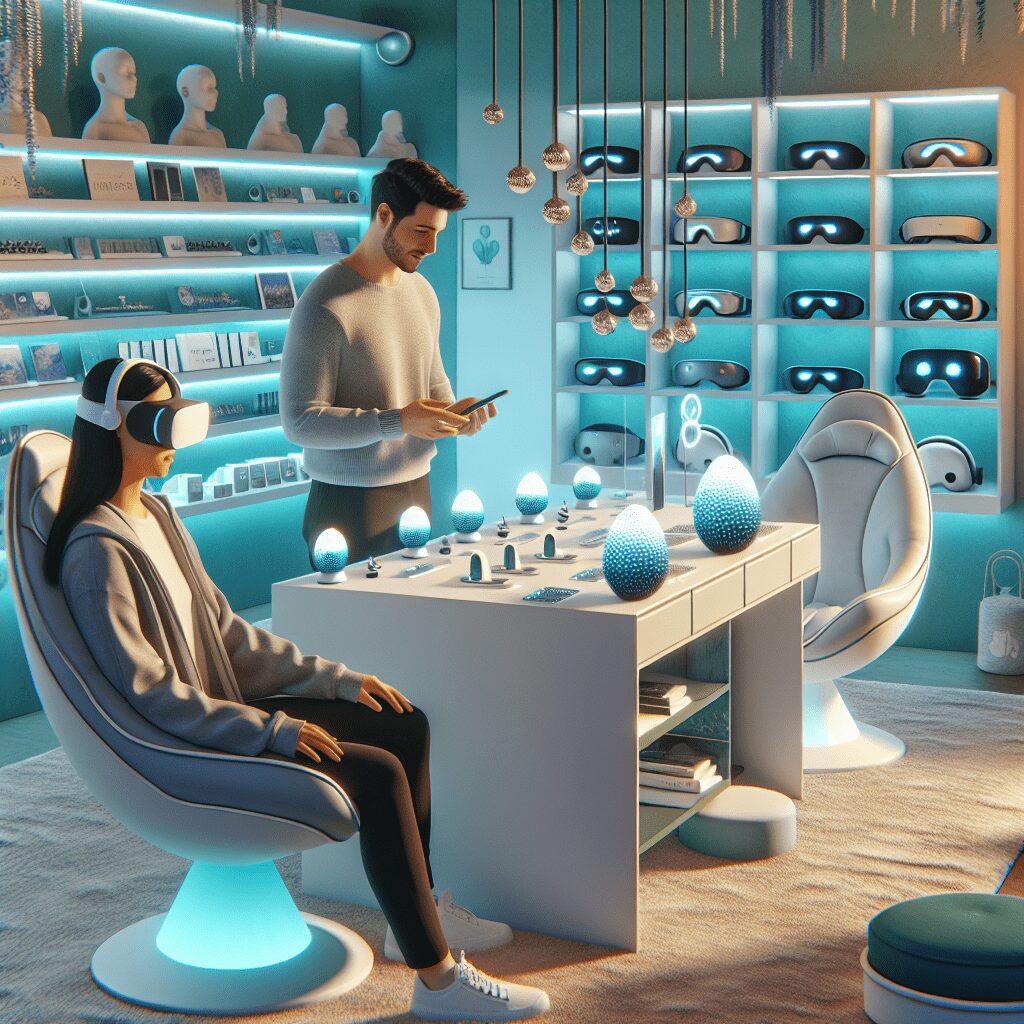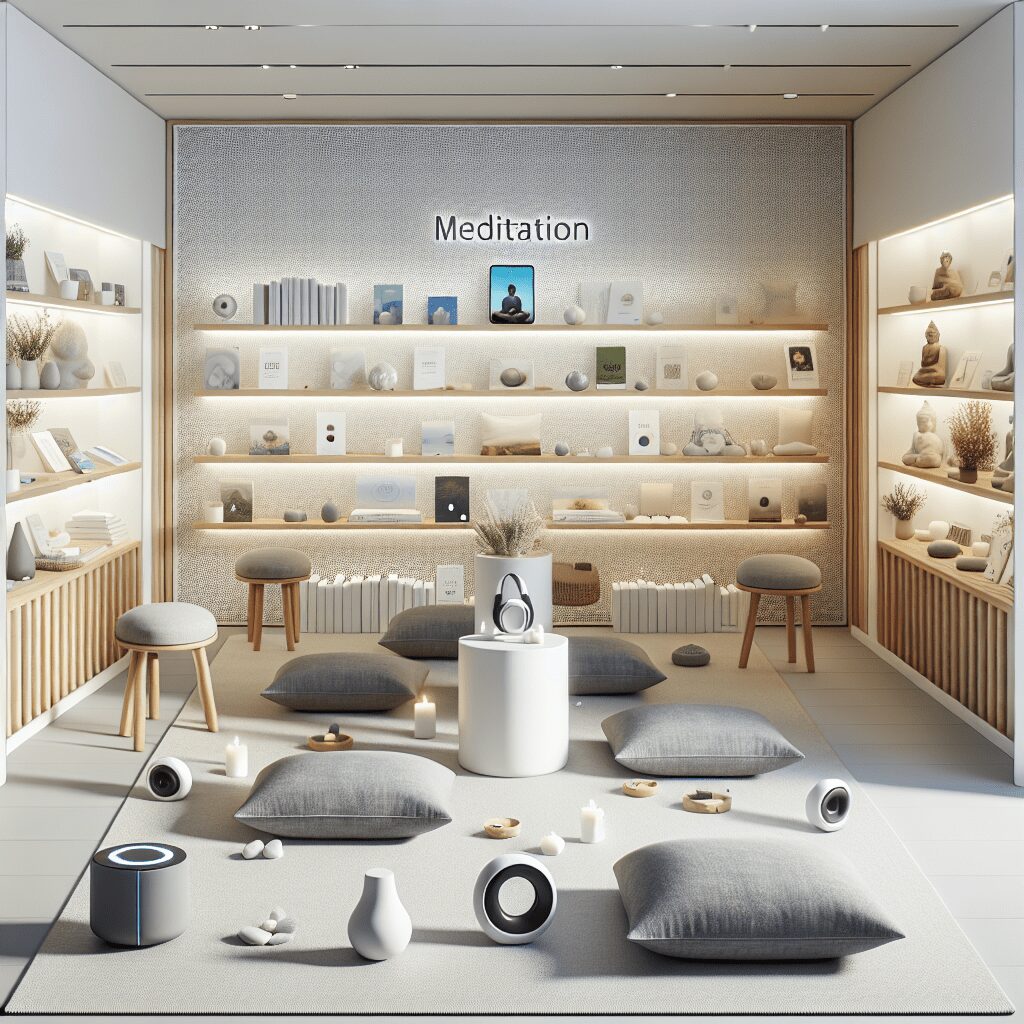
Prioritize your mental well-being daily. Enhance your life by nurturing your mental health with the Smart Meditation app. Break free from stress, alleviate anxiety, and enhance your sleep quality starting today.
Which Gender Has More Anxiety?
Unveiling the Nervous Nellies: A Gendered Perspective on Anxiety
In the swirling vortex of our bustling modern life, anxiety lurks in the shadows, waiting to pounce on its next victim. This invisible menace, akin to an unwelcome shadow, has long puzzled health professionals and laypeople alike. Among the various facets explored in understanding anxiety, the gender disparity stands out as a compelling narrative. Who, indeed, bears the brunt of this incessant worry-wart companion more – men or women? Let’s dive into the facts, sans the fluff, to untangle this web.
The Anxiety Gender Gap: Myth or Reality?
Ah, the age-old question – do men or women experience higher levels of anxiety? If you thought this was a trick question, well, hats off to you! But let’s get down to the brass tacks. Research unequivocally points to women experiencing anxiety at a higher rate than men. But why, you ask? Buckle up, as there ain’t no simple answer to this!
-
Hormonal Havoc: It’s no secret that hormones play a significant role in our well-being. For women, the hormonal rollercoaster doesn’t just stop at mood swings. Studies suggest that fluctuations in estrogen and progesterone can significantly impact anxiety levels. Men, on the other hand, seem to get a free pass in this department.
-
Stress Soup and Societal Seasoning: Women often juggle multiple roles – caregiver, professional, homemaker – you name it! This balancing act, seasoned with societal expectations and stereotypes, can churn up quite the stress soup, contributing to higher anxiety levels.
-
Brain Behavior: Dive into the neural networks, and you’ll see differences in how male and female brains process emotions and stress. The amygdala, the brain’s fear center, reacts differently in men and women to stressful stimuli, potentially cranking up the anxiety dial for women.
Bridging the Anxiety Divide
Now that we’ve eyed the why, let’s glance at the how – how can we bridge this gender gap in anxiety? It’s clear that one-size-fits-all approaches to mental health are as effective as a chocolate teapot. Tailored strategies that factor in gender-specific issues are the need of the hour. Here’s a snapshot:
-
Awareness and Acceptance: Let’s start by smashing the stigma surrounding mental health. Open conversations and empathy can go a long way in normalizing mental health struggles for both men and women.
-
Specialized Support Systems: Creating support structures that cater explicitly to the unique challenges faced by men and women can pave the way for more effective anxiety management. Hello, bespoke therapy!
-
Empowering Education: Knowledge is power, they say. Comprehensive education around mental health, with a spotlight on gender-specific issues, can empower individuals to seek help and advocate for their well-being.
In the grand scheme of things, anxiety doesn’t discriminate – but our understanding and approach might need a gendered lens to effectively combat this relentless foe. So, while women may currently hold the dubious honor of experiencing more anxiety, armed with the right tools and insights, we can envision a future where this gap is significantly bridged. After all, in the battle against anxiety, knowledge, compassion, and tailored interventions are our best bets. Here’s to a future where the question of which gender has more anxiety becomes a relic of the past!





